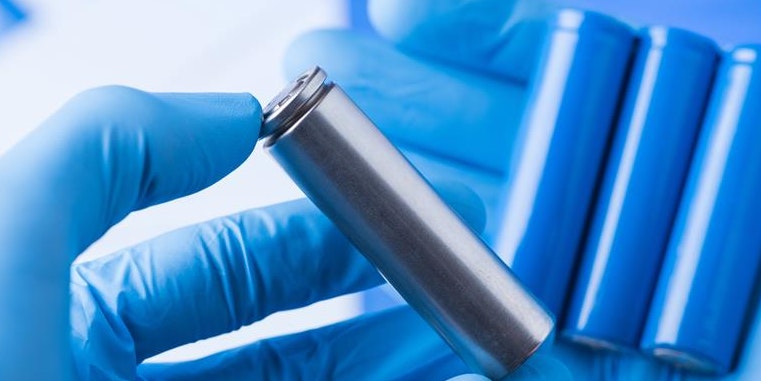A complete analysis of the role of innovation in curbing or diversifying battery mineral demand and supply can be found in Chapter 7 of The State of Energy Innovation report published by the IEA earlier this year. This excerpted version – updated with the latest data, and informed by the forthcoming Energy Technology Perspectives Special Report on the Global Car Industry and the Energy Technology Perspectives report – will frame a dedicated discussion on the topic at the IEA Energy Innovation Forum 2025, which will take place in Toronto, Canada, on 29 October 2025 ahead of the G7 Energy and Environment Ministers’ Meeting.
Battery demand surged more than forty-fold between 2010 and 2024, while average battery prices dropped by more than 90%. In 2024, the global battery market was worth about USD 130 billion – greater than the net oil imports of Germany, France and Italy combined. This rapid transformation has reshaped the battery market: portable electronics, once the dominant application, now represent just 5% of demand. In contrast, electric vehicles (EVs) account for around 75% of demand; battery energy storage systems (BESS) cover 15%, while other uses – such as electric bikes and drones – make up the remainder. This shift has been driven by sustained innovation in battery design, chemistry and manufacturing, alongside economies of scale and improved production efficiency.
The global EV battery market is currently split between lithium iron phosphate (LFP) and lithium nickel cobalt manganese oxide (NMC) chemistries, each accounting for roughly half of total demand. LFP is the fastest-growing segment, already dominating energy storage deployment due to its lower cost and longer cycle life. However, supply chains for both chemistries remain geographically concentrated, raising concerns over the security of supply.
There are opportunities to tackle this concentration and thereby improve supply chain resilience. Innovation is a key one, with research ongoing into established and new technologies. Among technologies that have already been commercialised, improvements continue to bring down costs while boosting performance. At the same time, research into new technologies could reshape battery supply chains and enhance competitiveness over the medium and long term.

